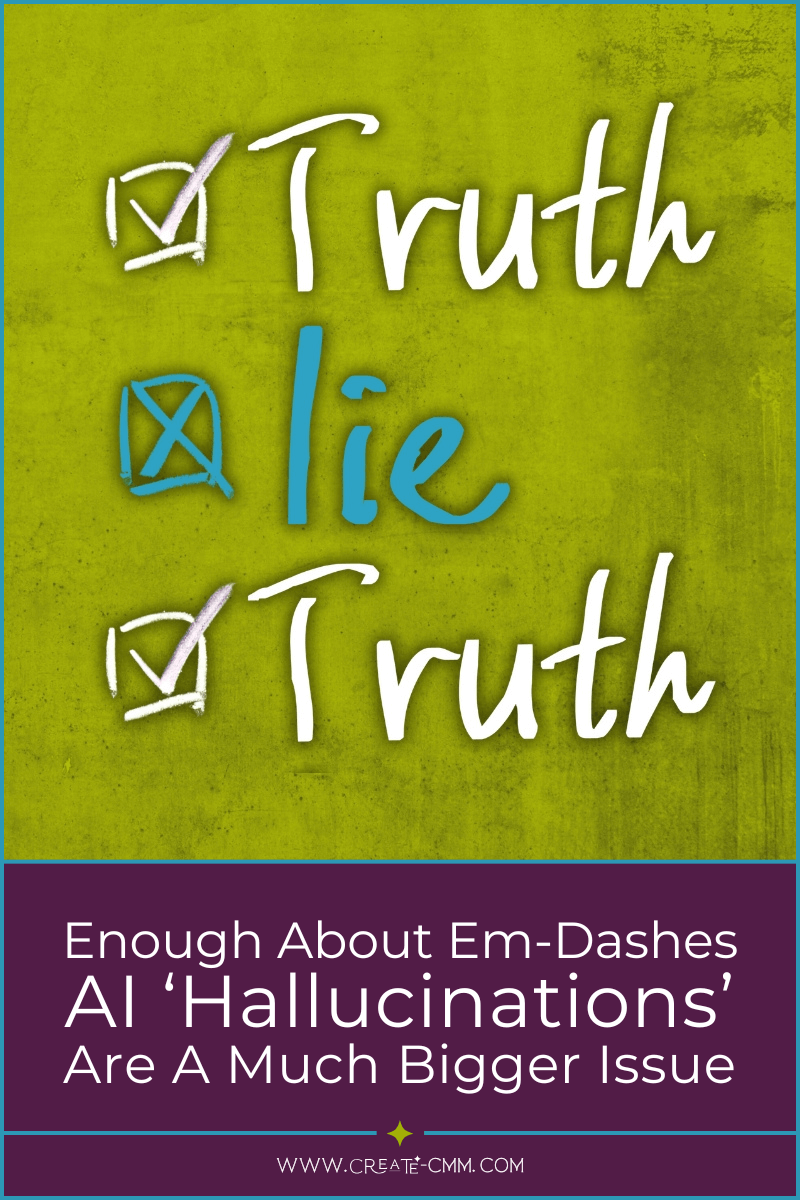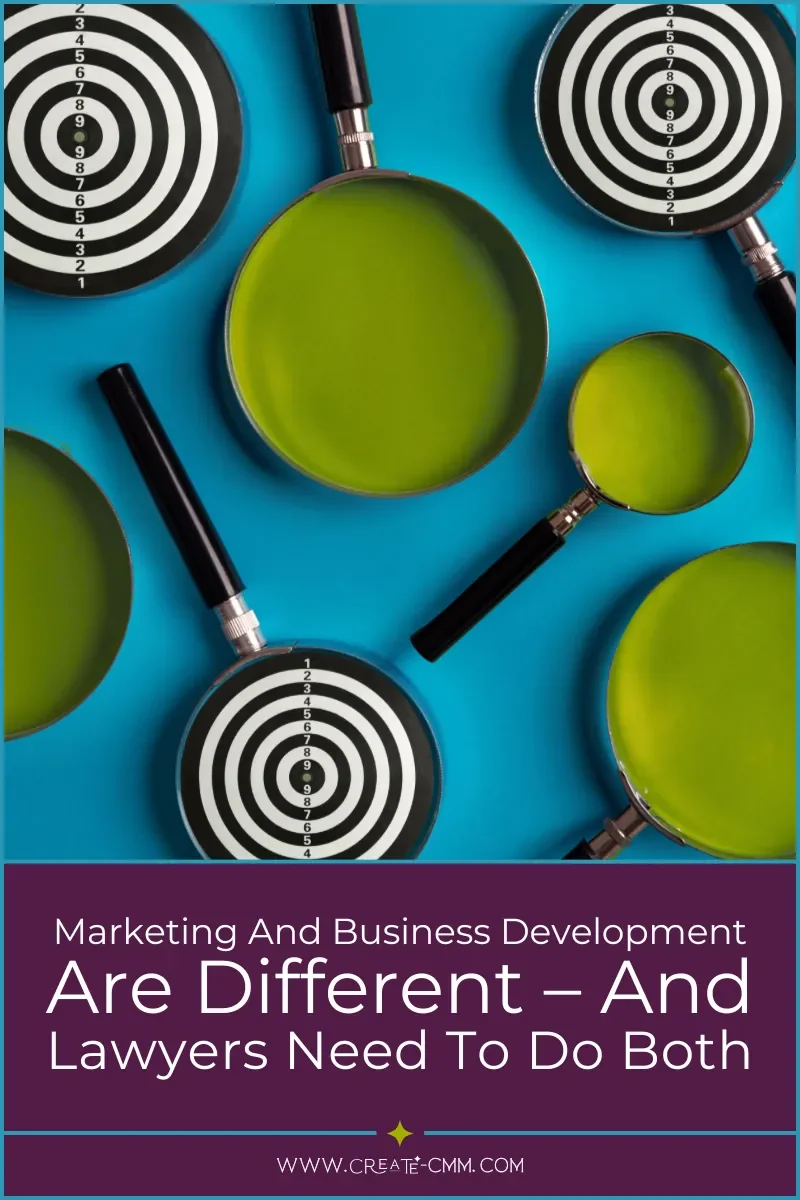Marketing Lessons From The Eclipse
A version of this article was originally published in The Legal Intelligencer on August 30, 2017, here.
[I originally wrote this article after the complete solar eclipse that happened in 2017. At the time, I don’t think I was aware that we would have the chance to see another eclipse this year. The path of totality is much closer this time around, so I won’t be having nearly as grand an adventure for this one. That said, a total eclipse is an exciting and infrequent event—the next one visible in the U.S. is not for almost nine years—and the lessons from #Eclipse2017 are just as relevant today.]
August 21, 2107—Pinehurst, N.C.
We pulled into the parking lot at the Homewood Suites Monday morning just before 5:30 am. It was still dark, as it had been the entire eight-hour drive down I-95 from suburban Philadelphia, but the sunrise was in about an hour. We didn’t have a room at the hotel. Like every other one in the vicinity, it was sold out, full of travelers all with the same purpose—to see Eclipse 2017. So we headed for the shadiest and most remote part of the parking lot, cut the engine, reclined our seats and almost instantly fell asleep.
It was T-minus 8 hours and counting until the start of the first total eclipse over the United States in almost 40 years, and we—my fiancé (now husband), his daughter, and I—had driven all night to get as close to the “path of totality” as we could. A spontaneous 30-hour round-trip adventure we’d decided to embark on just a few hours before getting in the car.
No, you haven’t inadvertently opened up a travel blog instead of a legal marketing column. And no, I don’t have eclipse brain from the experience of watching the moon blot out the sun.
I had a lot of time to think about our eclipse-chasing adventure during the many, many hours I spent in the car, and here are some of the marketing (and life) lessons I came away with from the experience.
Know your goal and align your strategy with it
Even though it was a spur-of-the-moment trip, we had a very specific goal: to see the eclipse from the “path of totality” – the roughly 70-mile-wide path that the eclipse would take across the U.S. We also had constraints: we had to get there by the time of the eclipse, we were driving, most places were overcrowded and fully booked, and there wasn’t a single pair of eclipse glasses anywhere to be found. Every part of our strategy—where we were going, when we were leaving, how we were getting there, and how we were going to watch the eclipse—had to be aligned with our goal, or we jeopardized our chances of success.
Do you know your goals? (No, “growing revenue” is not a goal.)
Without specific goals, any marketing you do is useless, because you have neither a way of gauging its success nor the ability to make changes to increase its effectiveness. Likewise, failing to align your marketing strategies with your goals also results in marketing that is, at best, less effective than it could be and, at worst, an expensive waste of time and resources.
Leave room for spontaneous opportunities
Having a strategy aligned with your goals doesn’t mean following a lockstep or inflexible plan. In fact, the best strategy allows you to be nimble, because it functions as a framework for evaluating spontaneous opportunities that come your way. After we posted on Facebook asking for recommendations for where to go, we received an invitation from an old high school friend who lives in Pinehurst, N.C., and who works on the border of North Carolina and South Carolina (98% totality!). A spontaneous visit with an old friend wasn’t part of our original plan, but it fit our strategy and aligned with our goal – and it turned out to be an amazing adventure.
Be relevant – but don’t try to fake it
The eclipse was everywhere you looked in the last couple of months. Not just news stories and travel articles on eclipse trips, but eclipse-themed events, product offers and menu specials. The hashtags #eclipse and #eclipse2017 were trending on social media before, during and after the eclipse on Monday.
For marketing to be effective, it needs to be relevant for your target audience. In the simplest of terms, it needs a “hook”—temporal, topical, or both—to get their attention in the vast ocean of information they’re exposed to every day.
Brands across industries and markets attempted tie their marketing and advertising to the temporal and topical hook of the rare – and short lived – occurrence of the total eclipse across the U.S. Some were more successful that others. Volvo designed a custom Panoramic Moonroof Eclipse Viewer; Mitsubishi created a live-stream of the eclipse featuring its Eclipse model; Amtrak ran a sold-out “eclipse train” in Illinois, complete with eclipse glasses for passengers; and Oreo’s eclipse campaigns, both in London in 2014 and this year in tandem with Android’s announcement of its new operating system “Oreo,” are nothing short of brilliant. Topper’s campaign to “eclipse” its prices by offering 50 percent off pizzas and Nike’s release of a collection of black clothing on Monday felt a little flat.
In legal marketing, relevance is even more critical. You’re not marketing a tangible product, but rather a number of intangibles—your expertise and experience, your services and a specific kind of relationship. You’re also competing in a crowded field of well-qualified competitors to get the attention of your clients and prospects. Offering original content on topics of urgent interest to your clients, with fresh and authentic insights, not only provides your audience with valuable information; it can help you stand out in a very crowded field.
That said, relevance is not something you can fake. Faking can get you in a world of trouble and do a lot of damage to your credibility and reputation. Some well-known examples of attempts to be relevant that went terribly wrong include Pepsi’s campaign in which reality TV star Kendall Jenner “solves” a protest by offering a policeman a can of soda and Cinnabon’s tweet of a rendering of Carrie Fisher as Princess Leia with cinnamon buns in place of her signature braids and the words “RIP Carrie Fisher. You’ll always have the best buns in the galaxy.”
Likewise, marketing yourself as a thought leader on cutting edge legal or industry developments is an excellent way to distinguish yourself—but only if it’s true. Marketing that suggests you have capabilities or experience that you don’t is a recipe for reputational disaster.
Know your risk tolerance
Our friend and eclipse host for the day manages a power plant on the border of South Carolina. When we met up, he outlined our plan: to have an unobstructed view of the eclipse, we would drive out to the plant and climb to the top of a fuel storage tank. Two stories up. Accessible only by metal stairs up the side.
For someone who had a severe fear of heights at the time, this was way outside my comfort zone—but I did it anyway.
And the experience was amazing.
All marketing—but especially digital marketing and social media—carries with it some inherent risk (see marketing fails, above). Knowing your (and your firm’s) tolerance for risk is critical to formulating a marketing strategy that balances the risks with the potential benefits.
Know which “rules” can be broken and which can’t
Don’t look at the sun without proper eye protection. That’s a rule that absolutely can’t be broken without dire consequences. (Luckily for us, welding masks are standard equipment at power plants.) Sometimes taking a risk and breaking the “rules” can result in extraordinary success—in marketing and in life. But some rules absolutely can’t be broken, including the ethics rules that govern attorney advertising. Many states, including Pennsylvania, have issued a number of new opinions on digital advertising and social media. Keeping up to date on these “rules” is critical.
Almost exactly 30 hours after we left, we rolled up to my front door. We were exhausted and ecstatic. We’d accomplished our goal and had an amazing, once-in-a-lifetime adventure. Your marketing adventures might not be as exciting as our eclipse-chasing trip but, with these lessons, they can be just as successful and satisfying.
Featured Articles





